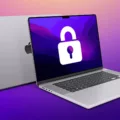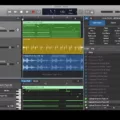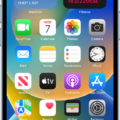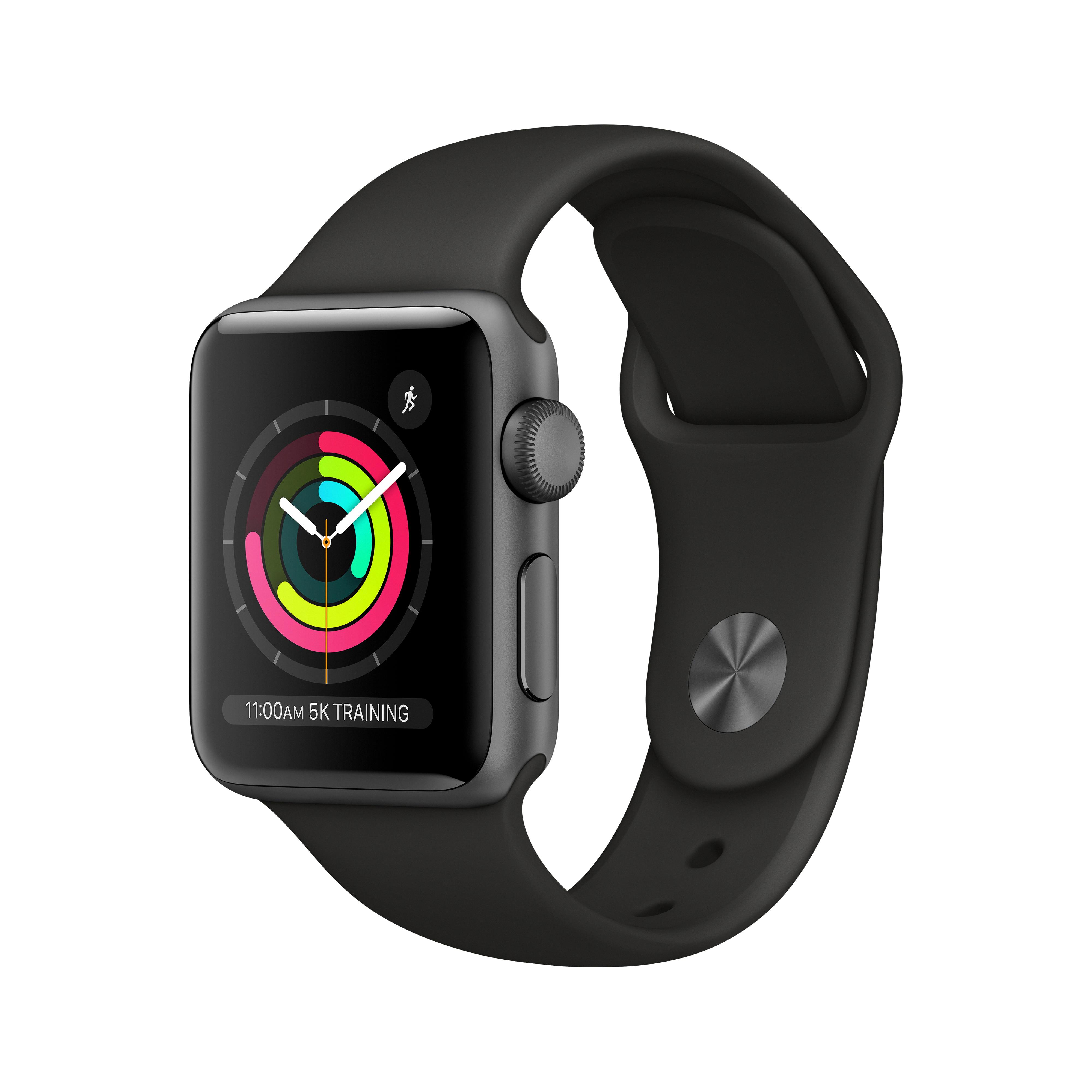Are you looking to reduce your energy use and extend the battery life of your Apple laptop? If so, the Energy Saver preferences on your Mac can be a great way to do just that! With the right settings, you can minimize energy consumption while ensuring your Mac is still able to provide access to shared resources and remain available aftr a power interruption.
To get started, open the Energy Saver pane by choosing Apple menu > System Preferences, then click Energy Saver in the sidebar. Here you’ll find two main settings: Enable Power Nap and Low Power Mode. When enabled, Power Nap helps to keep your Mac up-to-date with your cloud data while in sleep mode. This allws for quick access when waking up from sleep or hibernation and helps conserve battery life. Low Power Mode is an additional setting that goes even further in reducing energy consumption by automatically dimming the display and reducing system activity.
The Activity Monitor app also has an Energy pane that provides details about energy use across all applications. By monitoring overall energy use, you can gain insight into which apps are consuming more energy than othrs and make adjustments accordingly.
By adjusting thee settings on your Mac, you can help ensure optimal battery performance while still receiving the most out of your device!
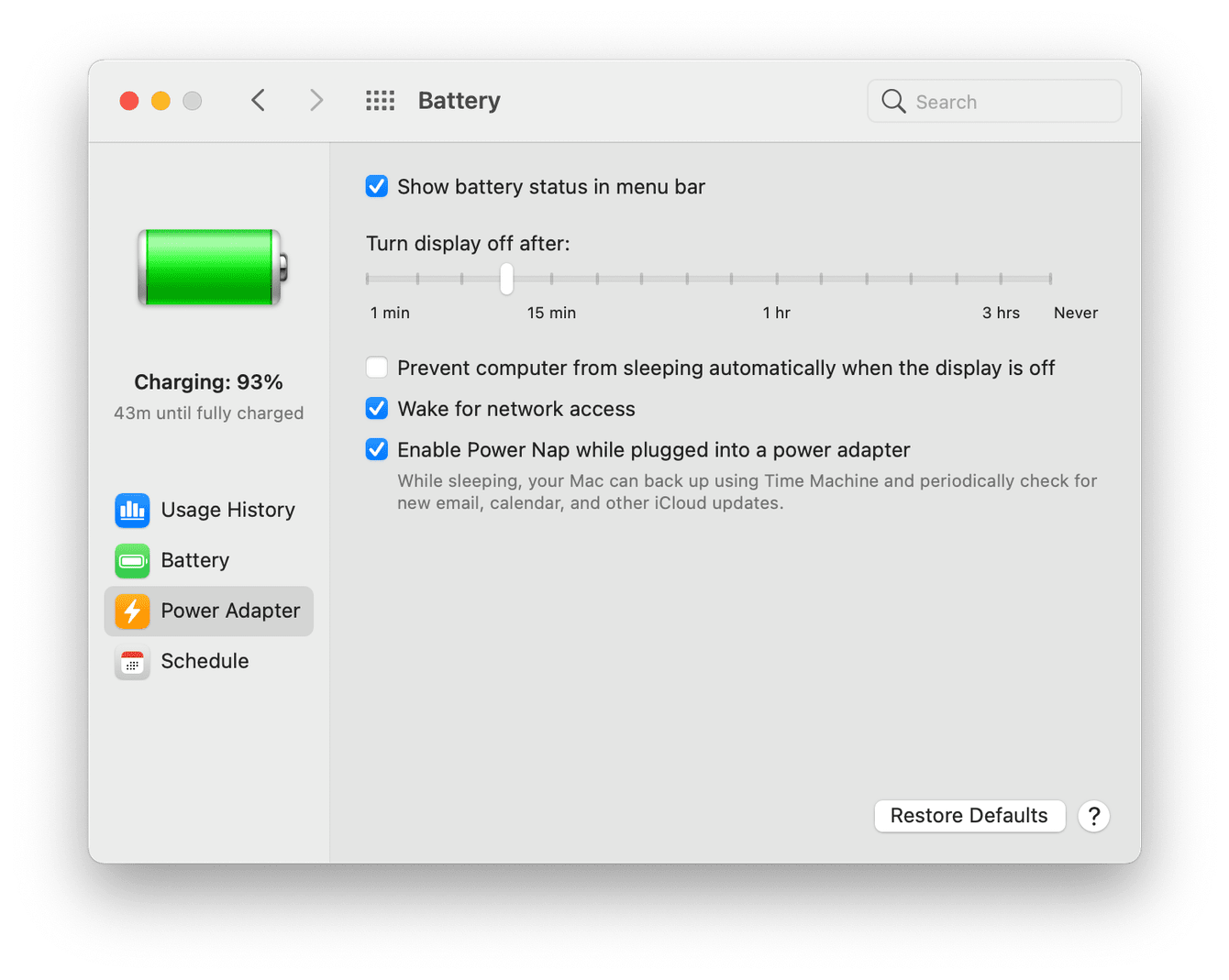
Accessing Energy Saver Preferences on a Mac
The Energy Saver preferences on a Mac can be found by going to the Apple menu > System Preferences, then clicking Energy Saver in the sidebar. Here you can adjust settings such as Power Adapter settings and Schedule sleep functions. You can also choose to have your Mac wake after a power interruption, or to alow access to shared resources even when your Mac is in sleep mode.
The Benefits of Keeping Low Power Mode On All the Time on a Mac
No, it is not recommended to keep Low Power Mode on all the time on your Mac. Low Power Mode is designed to extend your laptop’s battery life by reducing the performance of certain processes and features such as background app refresh, automatic downloads, and some visual effects. Therefore, keeping Low Power Mode on all the time will reduce the performance of your laptop in exchange for slightly longer battery life. You shoud only activate Low Power Mode when you know you will be away from a power source for an extended period of time or when your battery is running low.
Changing Energy Settings on a Mac
To change your energy settings on a Mac, open the System Preferences window. Click the Energy Saver icon and you will be presented with two panes, the Power pane and the UPS pane. In the Power pane, you can adjust your computer’s display and system sleep settings, as well as turn on automatic restart after a power failure. In the UPS pane, you can set energy-saving options for when your Mac is running off of an uninterruptible power supply (UPS). You can also enable or disable Power Nap and adjust how quickly your Mac enters sleep mode when inactive. After making any changs to your energy settings, click the lock icon in the bottom left corner to save your changes.
Changing Power Save Settings
To change your power save settings, go to Control Panel > Power Options > Choose what closing the lid does. Here you can select a more efficient power mode for when your laptop is not in use. Alternatively, you can select Start > Settings > System > Power & battery and choose a more efficient power mode from the drop-down menu. Both of these options will help you save energy and extend the life of your laptop’s battery.
Turning Off Energy Saver on a Computer
To turn off energy saver on your computer, you sould first access the Power Options in the Control Panel. To do this, click the Start button and type “power options” into the search box. This will open up several power saving plans and settings that you can choose from. Once you’re in the Power Options window, click on “Show Additional Plans” in the “Select a Power Plan” section. Then enable the “High Performance” radio button to turn off energy saver on your computer. This will ensure that your computer is running at its peak performance level.
Turning Off Power Saving Mode
To turn off power saving mode on your device, open the Settings app and go to Battery. Tap Battery Saver, then turn it off. Depending on your device, you may also be able to turn off power saving mode by tapping the Quick Settings icon and disabling the Power Saving Mode toggle. If you are using a third-party power saver app, you can usualy find the option to disable it in its settings menu.
The Disadvantages of Using Low Power Mode All the Time
Low-power mode should not be used all the time because it disables many useful features of your device. This includes background processes’ ability to use wireless communications, which can limit the functionality of your smartphone. Additionally, some features such as push notifications and automatic updates may be disabled when in low-power mode, making your device less efficient and reliable. Because of this, we recommend using low-power mode only when you absolutely need it for battery saving, rather than as a regular method.
Should I Shut Down My Mac or Put It to Sleep at Night?
The answer to this question really depends on how long you plan to be away from your Mac. If you’re only going to be away for an hour or two, or even overnight, then it’s best to let it sleep, as this will help conserve battery power and keep the system in its current state while saving energy. However, if you plan to be away from your Mac for more than a few hours (say, a day or more), then it’s best to shut it down completely. This will prevent any potential system issues that can arise if the computer remains in sleep mode too long and also decrease the chance of data loss due to power outages. Additionally, shutting down your Mac at the end of the day will help increase performance when you turn it back on sice all running processes and applications will be closed.
Understanding Why Your Mac Is Using So Much Power
Your Mac may be usig a lot of power for a few reasons. First, some applications run in the background and can consume energy without you knowing. Make sure to quit out of any apps that you aren’t using. Additionally, accessories such as external hard drives can also cause your Mac to use more power. Disconnecting any unnecessary accessories can help reduce power consumption. Finally, consider changing your battery settings to conserve power when your Mac is not in use.
Conclusion
Overall, Energy Saver preferences on a Mac allow users to extend battery life, reduce power usage, and access shared resources while ther Macs are in sleep mode. Users can also enable Power Nap to perform light tasks even when the Mac is sleeping. The Activity Monitor app can be used to monitor overall energy use as well as the energy use of each app, allowing for more informed energy management and conservation. By utilizing these features, users can maximize their Mac’s energy efficiency and prolong battery life.



